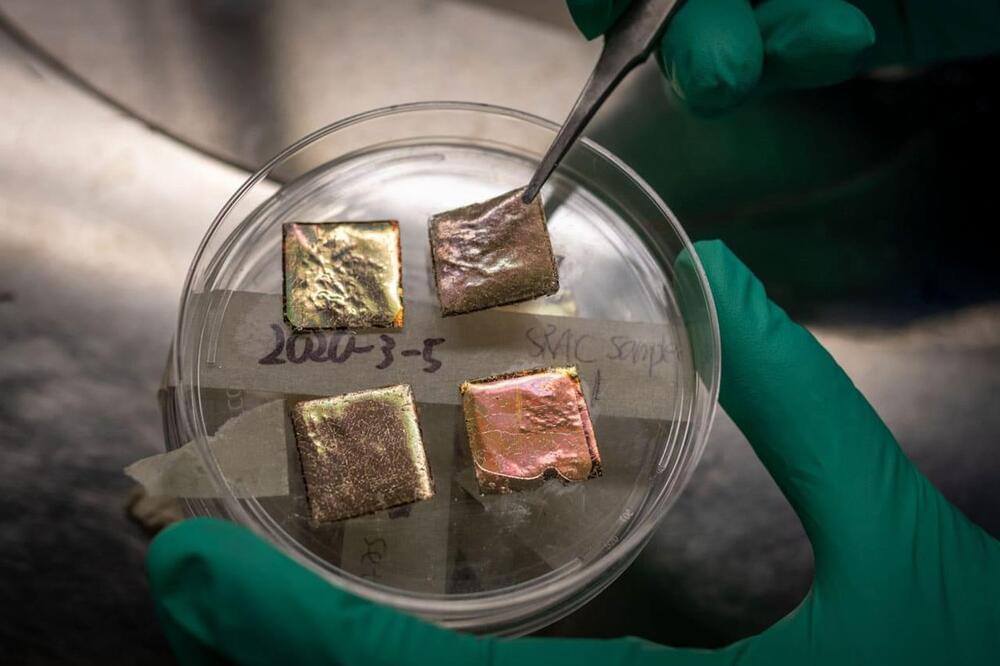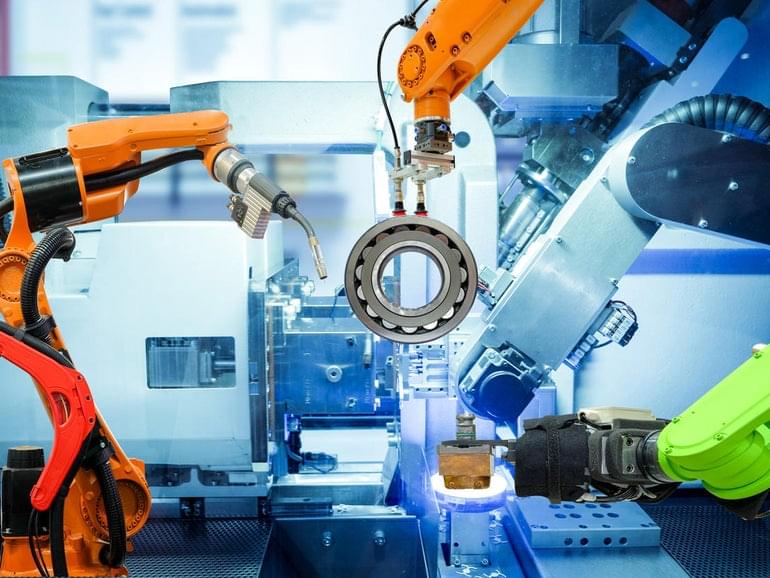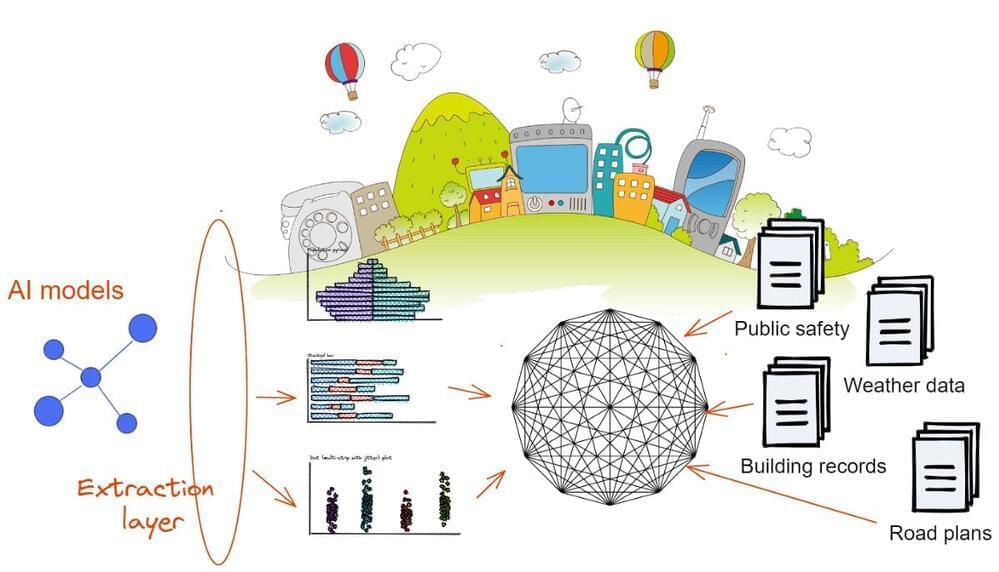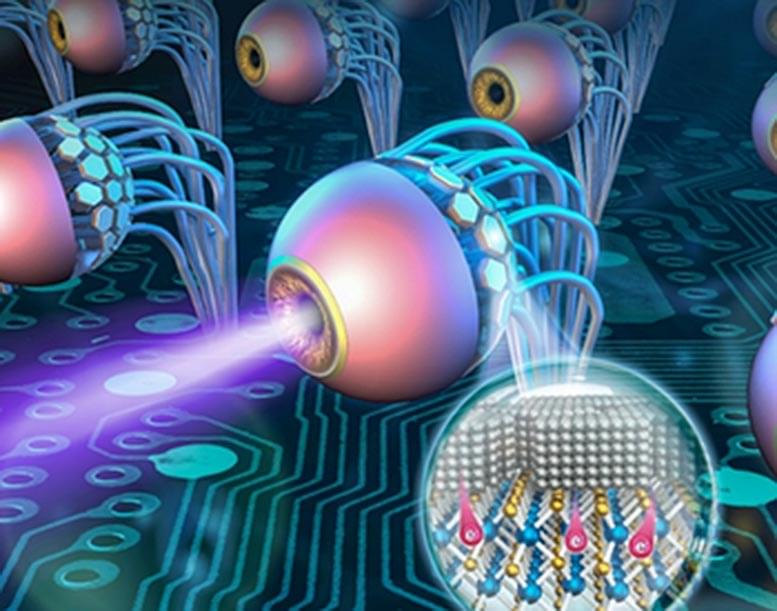
Berkeley Lab engineers have developed an all-season smart roof coating that keeps homes warm during the winter and cool during the summer without consuming natural gas or electricity. The all-season roof coating automatically switches from keeping you cool to warm, depending on outdoor air temperature.
The problem with many cool-roof systems currently on the market is that they continue to radiate heat in the winter, which drives up heating costs, explained Junqiao Wu, a faculty scientist who led the study. “Our new material – called a temperature-adaptive radiative coating (TARC) – can enable energy savings by automatically turning off the radiative cooling in the winter, overcoming the problem of overcooling,” he said.
The key to the technology is a strange compound called vanadium dioxide (VO2). In 2017, Wu and his research team discovered that electrons in vanadium dioxide behave like metal to electricity but an insulator to heat. Below about 67 degrees Celsius, vanadium dioxide is also transparent to thermal-infrared light. But once vanadium dioxide reaches 67 degrees Celsius, the material switches to a metal state, becoming absorptive of thermal-infrared light. This ability to switch from one phase to another – in this case, from an insulator to metal – is characteristic of what’s known as a phase-change material.


















